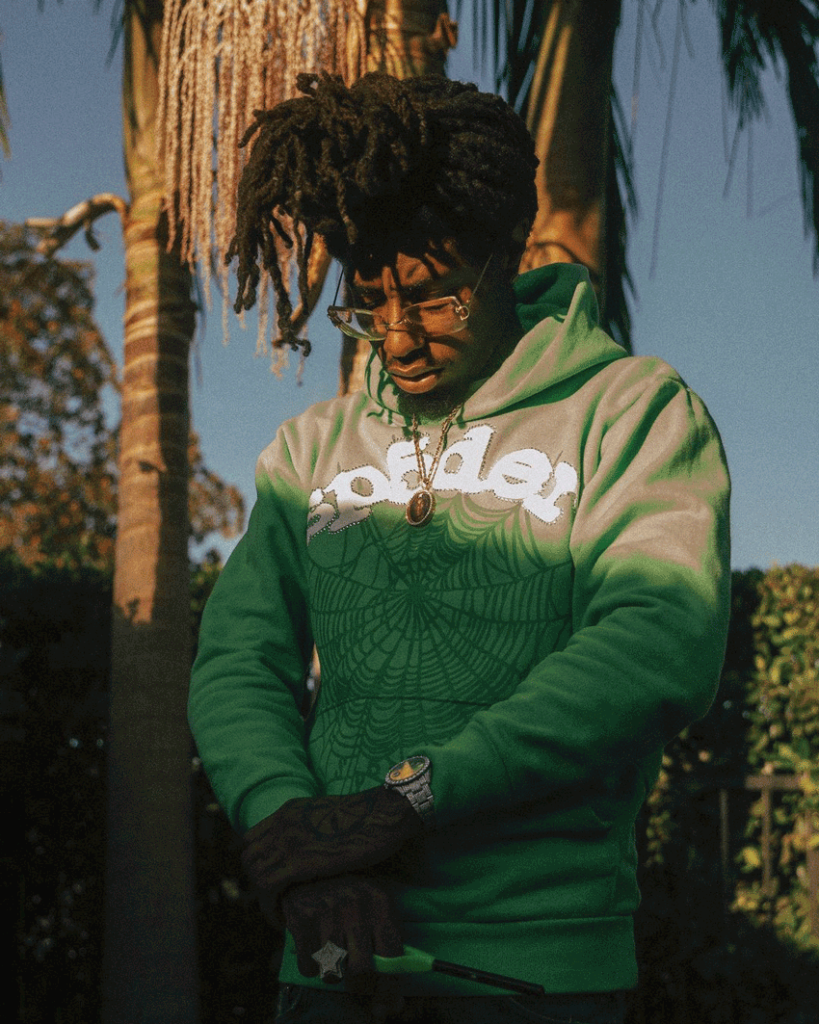Oxford Economics Research recently released a new report on YouTube’s Impact in Canada. The research below is based on economic modelling and anonymised surveys from April – May, 2022.
In the early stage of YouTube’s 17-year history, the site was known less as a launch pad for stardom and more as a site to discover short, whimsical videos at random. While its core functionality as a video-sharing platform remains, the digital platform has become a driving force behind an entirely new industry—the creator economy. This is a global ecosystem of content creators who use the platform to build businesses and brands, and develop sustainable streams of revenue.
According to research done by Oxford Economics, YouTube’s creator ecosystem directly contributed $1.1 billion to Canada’s GDP in 2021—the equivalent of 34,600 jobs across the country. There are now more than 4,500 channels with over 100,000 subscribers, which grew 20 per cent, year over year. In 2022, this value is expected to increase.
At the intersection of improved worldwide internet access and a coinciding tech boom, a new and lucrative economy is born largely out of YouTube’s transfer of agency from the hands of creative industry executives into the hands of the creator. In Canada, the content pool contains immense variety, the barriers to entry have been lowered and the number of content creators has grown exponentially.
Canada’s growing creator economy is rapidly turning opportunity into success-driven impact. From digital creators who challenge mainstream representation to those kick-starting a passion project, they are the vanguard of the creator economy. Niche has also become mainstream, and stories and subjects that haven’t had a platform before, are now finding sizable audiences at home and around the world.
Digital creators are inspiring more Canadians to build financial independence for themselves, and re-imagine how people and businesses share their passions and find global audiences.





